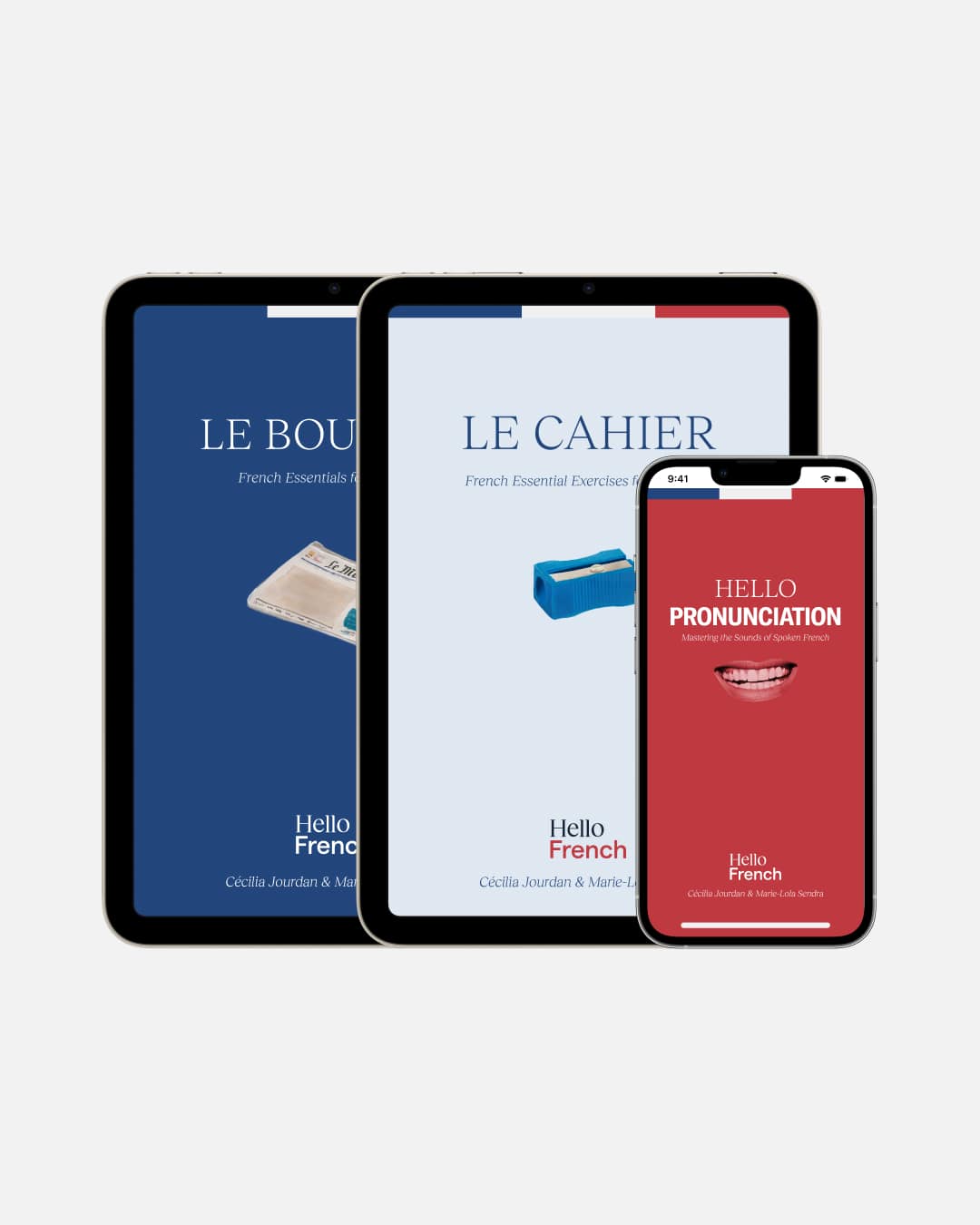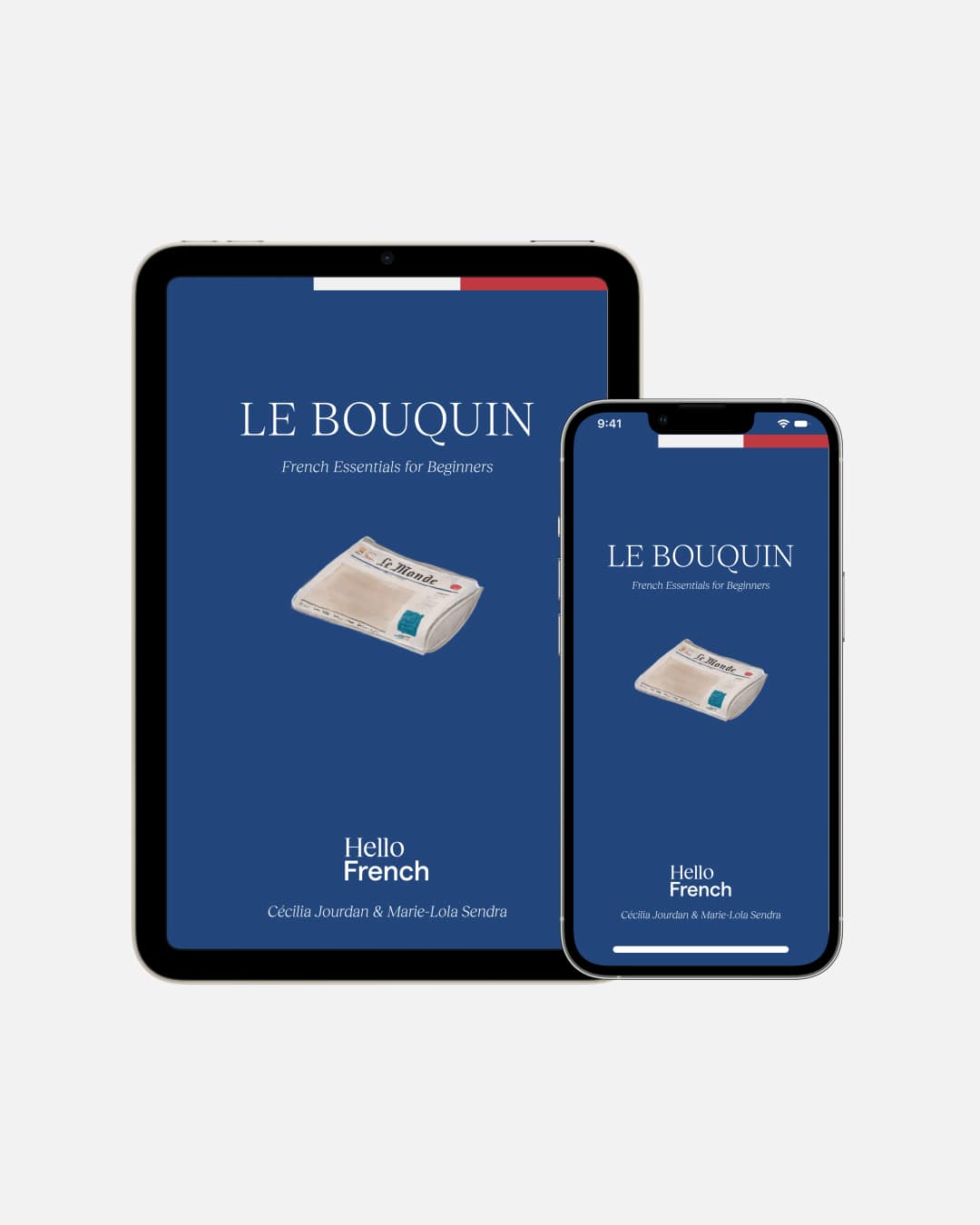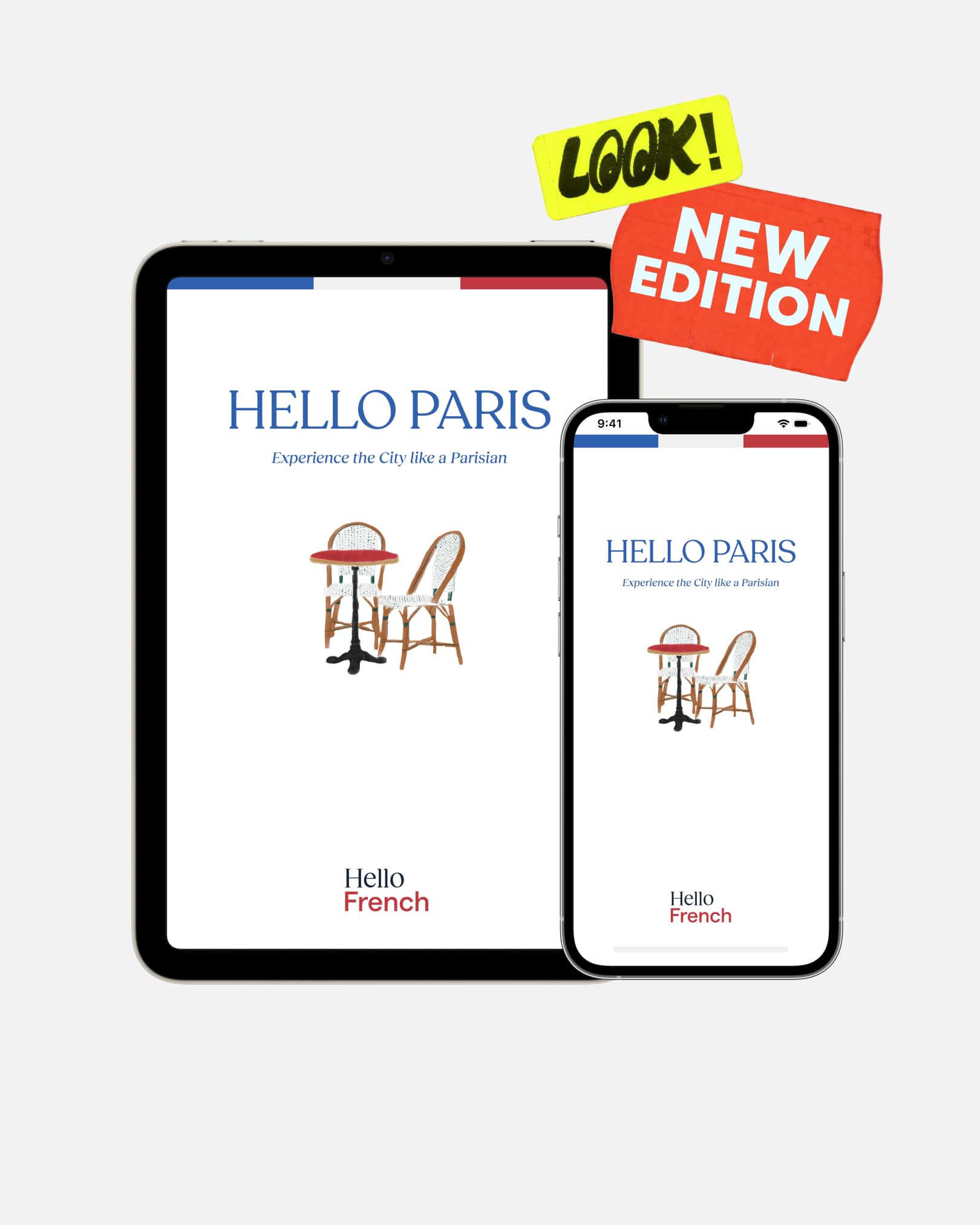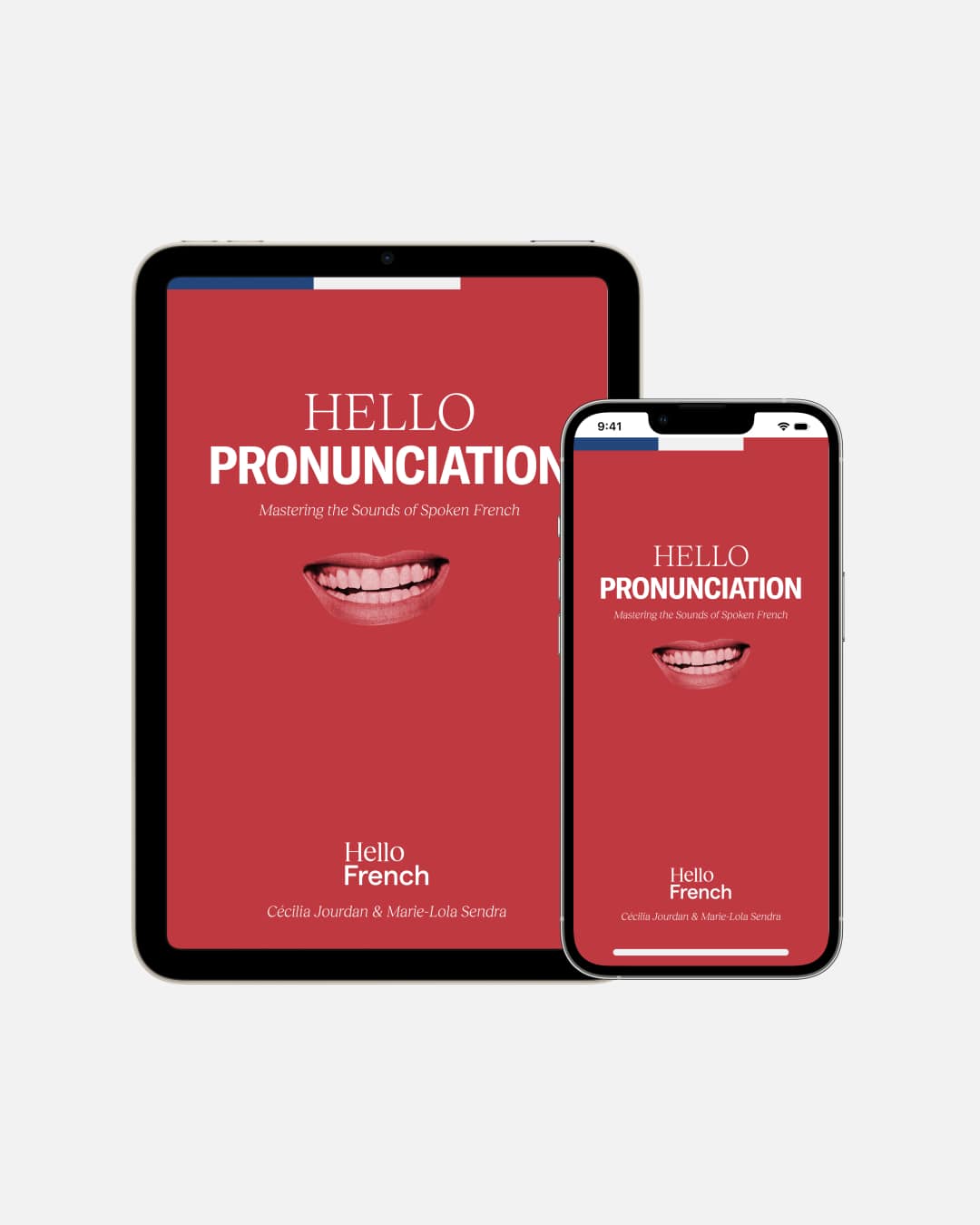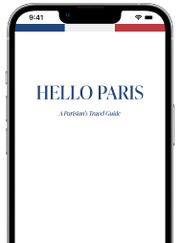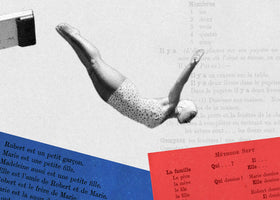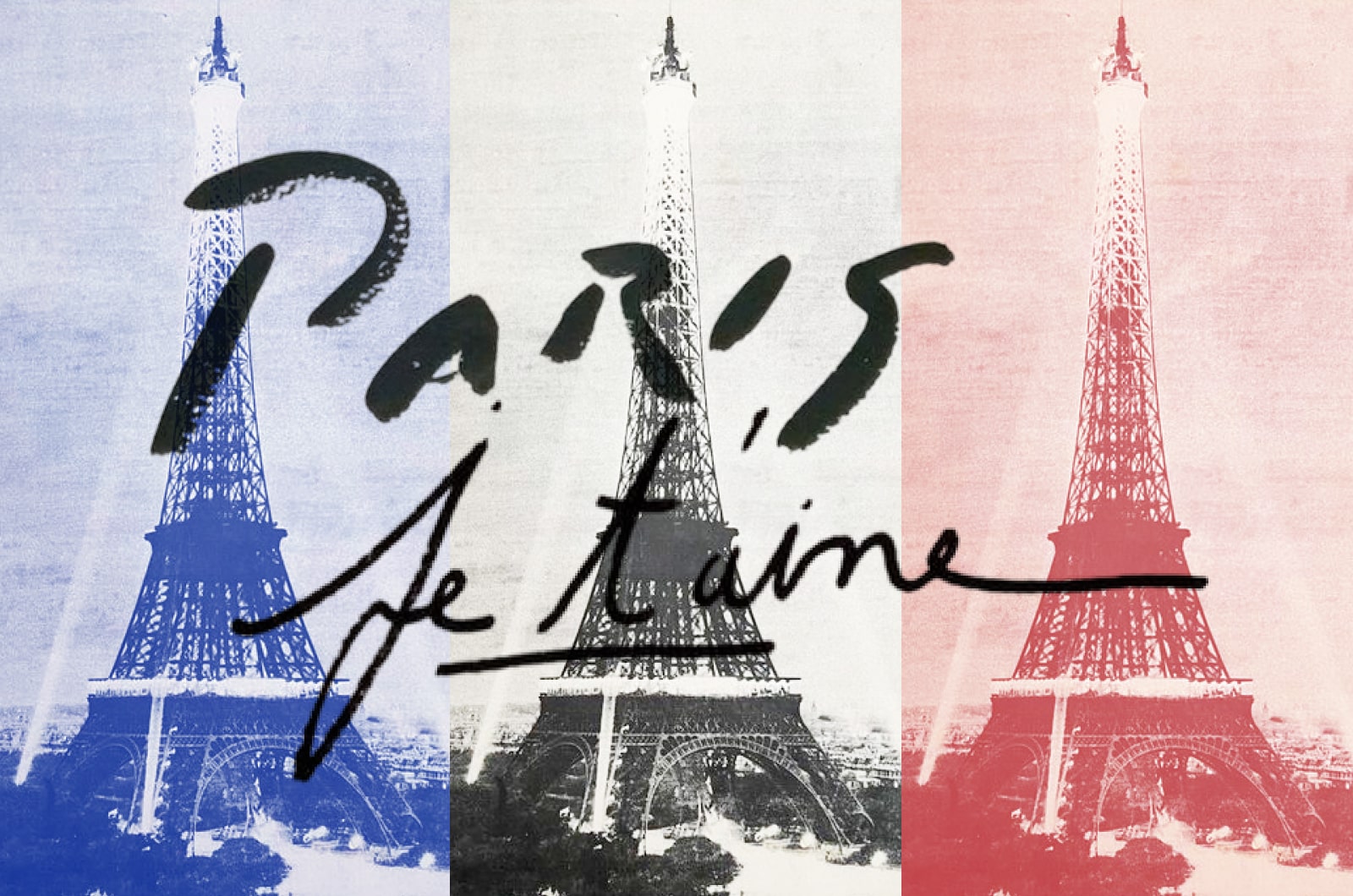French is une belle langue (a beautiful language), but it’s no secret that some of its sounds can leave non-native speakers literally tongue-tied. Maybe you're struggling with nasal vowels or differentiating between subtle nuances like é and è—but I’m here to help! Let’s break down some of the trickiest French sounds and give you some tips so that learning French is less compliqué and more facile (easy).
1. Nasal Vowel Sounds
One of the most difficult parts of French pronunciation is, without a doubt, nasal vowels. These sounds require air to pass through both the nose and mouth, making them unlike anything in English.
Here are the four main nasal vowels:
- [œ̃] as in un (a/one) 1️⃣
- [ɔ̃] as in bon (good) 👌
- [ɛ̃] as in vin (wine) 🍷
- [ɑ̃] as in blanc (white) 🤍
🎤 How to master them:
Watch this video to hear me say these vowels. |
|
2. The Infamous French R
The French R is perhaps the sound that gives learners the most headaches! It’s a guttural sound produced at the back of the throat, similar to sounding out a vibrating G sound.
🎤 How to master them:
The French R can vary slightly depending on the region and context. For example:
Watch this video to see how to go from a G sound to an R sound. |
3. The É and È SoundsRecognizing the difference between é (ey) and è (ay) can be tricky, but with practice, you’ll start to hear and produce them clearly.
🪄Tip: remember that “et” is typically pronounced è (ay) in formal French, but é (ey) in modern spoken French. Watch this video to learn how to position your tongue and mouth for these sounds. |
|
4. The H SoundIn English, the letter H is pronounced with a breathy release, but in French, it’s silent (which is why French people have such a rough time with the English H!). For example:
There is also the “aspirated H,” which prevents liaison or elision. For instance:
Watch this video video to hear me make funny French sounds (including the H!). |
|
5. The -EIL Sound
|
The French -EIL sound is pronounced “EH-YUH” and appears in many common words. Here are some examples:
Watch this video for a pronunciation breakdown. |
|
I hope this helps! And remember: no one expects you to sound like a native speaker when learning French. The goal of learning any language is to be understood, and improving your pronunciation makes it easier for native speakers to follow you (and helps you avoid embarrassing mix-ups!). So, even if you have un petit accent (a little accent) and make small errors, it’s okay! It’s all about communication.
Finally, check out my two videos below featuring common (and slightly embarrassing) pronunciation mistakes. I hope they’re useful and put a smile on your face 😁
LEARN THE DIFFERENCE BETWEEN:
|
Face vs. Fesses (Face vs. Butt): |
Connard vs. Canard (A**hole vs. Duck): |
—Cécilia & the Hello French team

Looking to go further?
Hello Pronunciation is my in-depth guide to learning French pronunciation. Here’s what’s inside:
